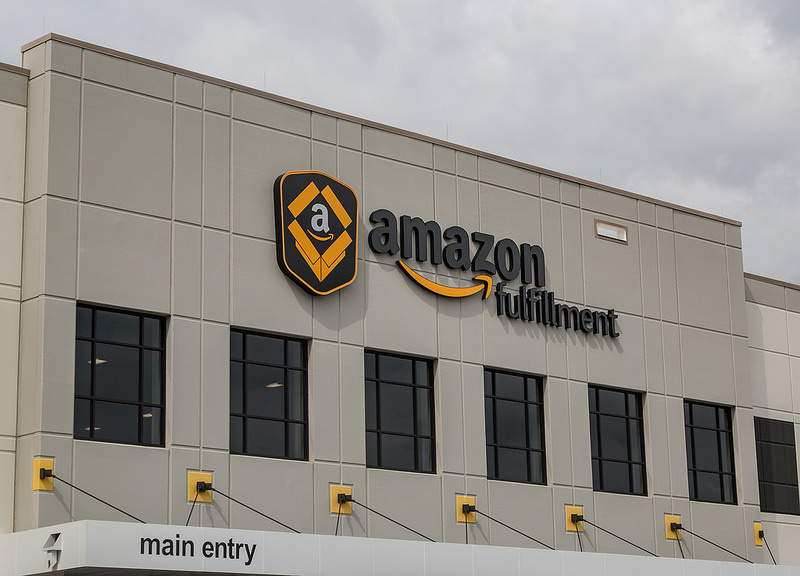| My shopping experience last Saturday, for good or ill, turned out to be a sign of how the world is changing in the early 21st century. I wanted a new pair of shoes, so I did what people have done for more than a century. I went to a store — a large local mall, which shall remain nameless because it could have been any one of them. I had a particular brand in mind. The first store I visited had a limited selection, and the sales staff |
| | was overworked and distracted. After trying in vain to ask some questions about the shoes I had tried on, I stuffed them back in the box and walked to another large retailer, where a sales person promised me he had the shoes, then couldn’t find any. The third major retailer had the brand, but in a more limited supply than the first store, with even higher prices. Dejected, I wandered the mall aimlessly until I remembered the remarkable little computing device most of us carry in our pockets these days. I pulled it out and opened an app from a popular online seller, where I encountered an endless supply on the shoes I wanted. Having tried on enough of them to know my exact size, I hit the purchase button with confidence, and for about $80 less than the shoes I had found in the mall. I was “showrooming,” to use a modern term. Drive to a store, find what you want, then buy it cheaper online. Traditional retailers hate this. But then, buggy whip makers once hated the way people sold horses and bought cars. It’s useless to rail against the tide of consumer preferences. You can either learn to surf it, channel it in a way that helps you, or drown. This became a little more real along the Wasatch Front recently with the announcement that Amazon is building a fulfillment center just west of the International Airport. Amazon now charges sales tax for Utah purchases, removing one of the main objections brick-and-mortar stores had against it. But if the shoes I want could be delivered the same day I ordered them on my device, well … life just got a little harder for traditional stores. Tuesday was Amazon Prime Day, an artificial shopping holiday the company invented to boost sales in July. Experts say it generated between $500 million and $600 million in sales last year, up 60 percent over the year before. It is expected to continue growing as Amazon gets further into the grocery and clothing businesses and then takes over the world. Is this the unstoppable trend of the new century? By the time my grandkids hit the workforce, will the nation consist of a few producers and manufacturers, some importers bringing cheap stuff in from China and a jumble of fulfillment centers and delivery trucks? Will malls become empty eyesores, good for little more than attracting vandals? Do you really have so little faith in the creative power of a nation that keeps reinventing its economy? Yes, the signs are troubling. As The Guardian reported recently, Sears is closing 150 stores, Macy’s 63, JC Penney up to 140, and on and on. But other people already are hard at work finding creative ways to connect customers with products, which is what this is all about. At various times in U.S. history, experts have lamented that innovative giants such as Woolworth or Sears were destined to single-handedly change the retail landscape and dominate shopping experiences forever. The competitive marketplace would have none of that. As a Forbes report recently noted, some mall owners are turning to temporary pop-up stores that open for a few months to generate excitement for a brand or to take advantage of holiday sales. Some malls are becoming theme-shopping centers. Others are making food experiences the main draw, surrounded by smaller retail. I can’t predict what shoe buying will be like in 2050, other than to say that change is inevitable. But as long as sellers want to lure buyers who have more choices than ever before, I’m guessing it won’t be such a bad place, no matter how different it looks. |


 RSS Feed
RSS Feed

